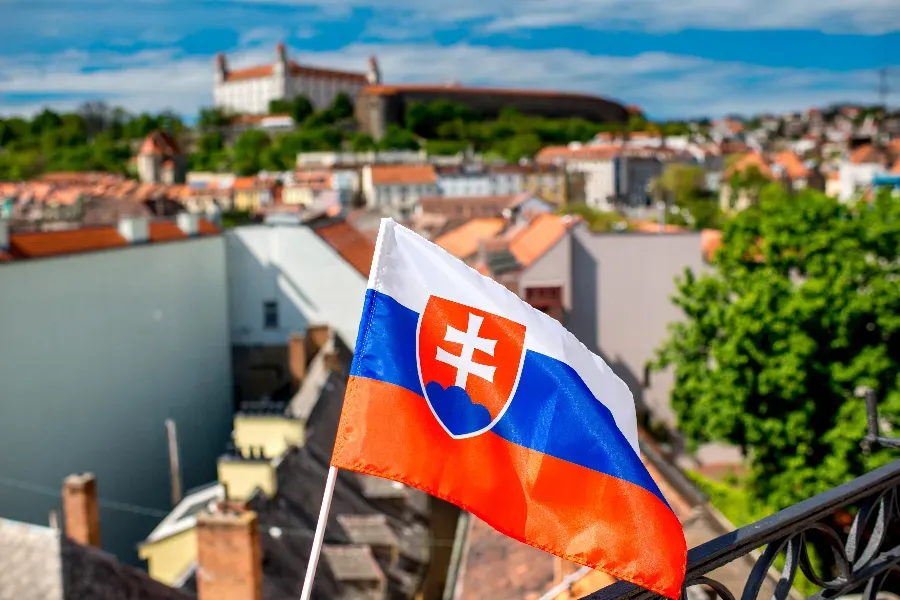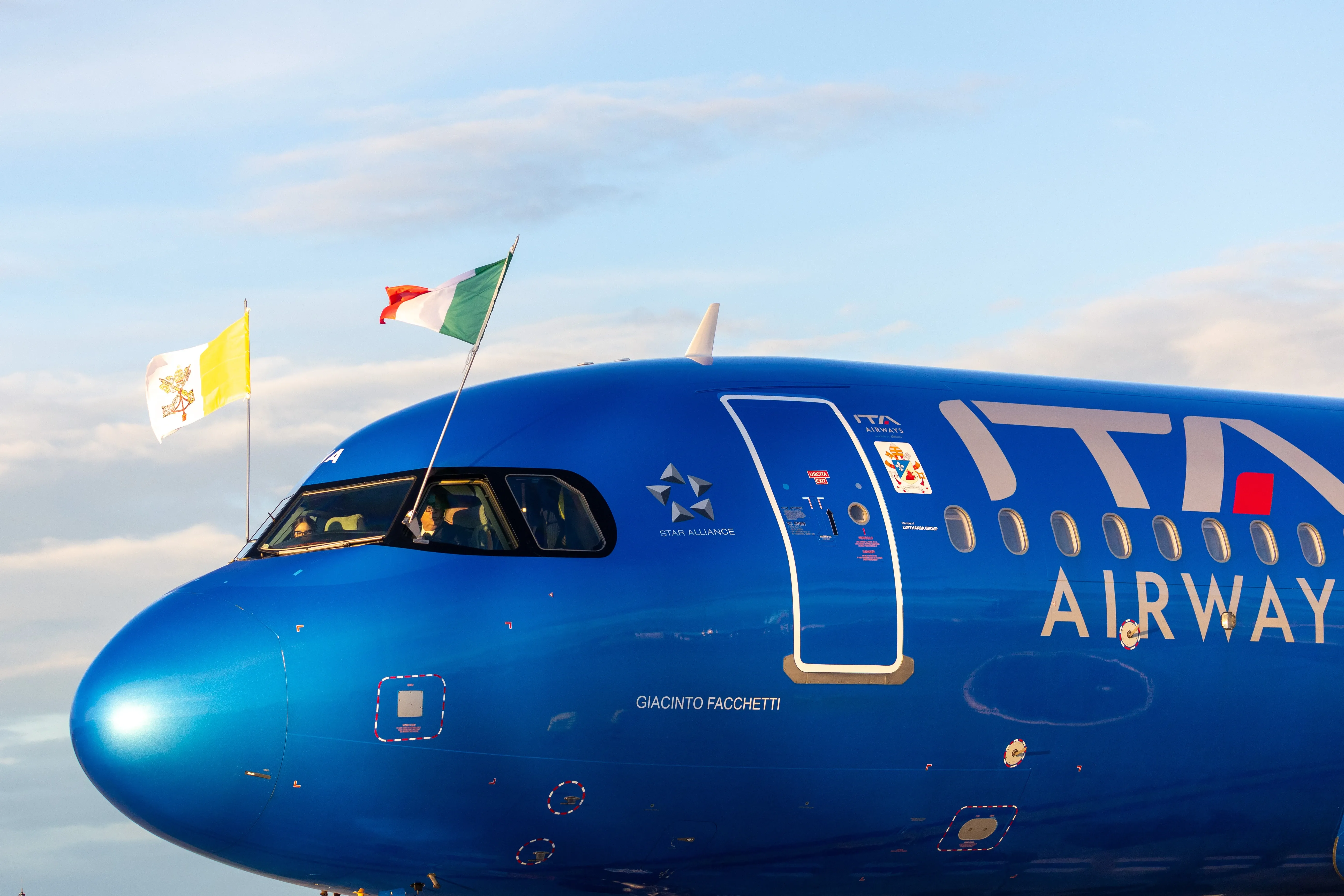According to local media, he noted last month that interest in the visit appeared lower than expected.
Reports suggested that events were at just 13% of their capacity, with 57,000 people having registered to see the pope as of Sept. 2, in a country of 5.5 million people, 62% of whom are Catholics.
Slovakia has one of the lowest rates of COVID-19 vaccination in Europe, with just 51.3% of the population having received at least one dose of the vaccine as of Sept. 6, according to the European Centre for Disease Prevention and Control.
A Slovak Academy of Sciences poll in July found that 36% of Slovakians said they did not want to receive the COVID vaccine, up from 30.9% in May.
The same month, hundreds of people gathered outside Slovakia’s parliament in protest of possible new vaccine rules.
Under the new rules, Catholics who are not fully vaccinated will be allowed to register for papal events via the official website from Sept. 6 if they meet certain conditions.
In Slovakia, regions are designated either “green” or “orange,” depending on COVID levels. Organizers of large events in orange zones must choose between three categories: “base mode,” in which everyone can attend; “OTP mode,” in which attendance is limited to those who are fully vaccinated, have tested negatively, or have overcome COVID; or only for the fully vaccinated.
The papal visit is now open to participants using the OTP mode, who will have their own sectors at events in Prešov, Košice, Luník IX (home to Slovakia’s largest Romani community), and Šaštín, distinct from the sectors for fully vaccinated pilgrims.
“The registered participant will receive a ticket with a QR code by email: they will print the ticket and bring it to the event,” the bishops’ conference website explained.
“When entering the OTP sector, attendees will be asked to show their ticket, ID, and a negative test or confirmation of having overcome COVID in the last 180 days.”








